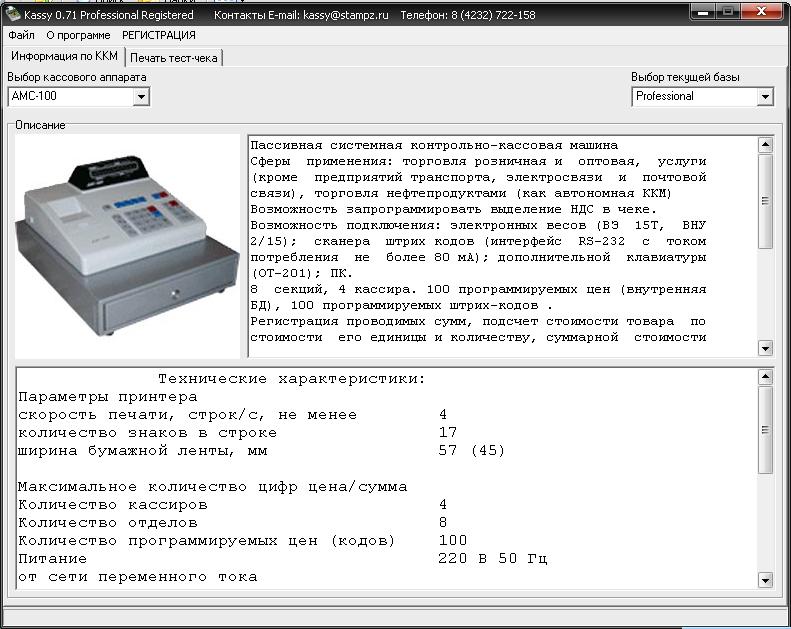Buttock Crack Infection

Candidiasis (Yeast Infection) - Learn about the causes, symptoms, diagnosis & treatment from the Merck Manuals - Medical Consumer Version.
Boils Also known as skin abscesses, boils form as a result of a cut or break in the skin, which leads to a bacterial infection. They are characterized as a red, tender area with a painful, pus-filled center that can open spontaneously or by surgical incision. Some boils are caused by an ingrown hair.
Others are caused by plugged-up sweat glands, such as some types of cystic acne. Anyone can get a boil. They grow quickly and are usually painful until they drain. However, left alone a boil will naturally come to a head and burst open, allowing the pus to drain and the skin to heal. People with weakened immune systems are more susceptible to boils than the general population. Boils tend to occur on parts of the body that have hair or sweat glands and are exposed to friction, typically on the face, neck, armpits, or buttocks.
There are a variety of different types of boils: Furuncle or Carbuncle: These abscesses are caused by the Staphylococcus aureus bacterium. A furuncle is an individual boil; carbuncles are deep clusters of boils that most often form on the back of the neck, shoulders, or thighs. Pilonidal Cyst: An infected hair follicle around the buttocks area caused by long periods of sitting. Pilonidal cysts almost always require medical treatment. Hidredenitis Suppurativa: These are multiple abscesses that form from blocked sweat glands in the armpits or groin areas. Cystic Acne: These boils are situated more deeply into skin tissue than the more superficial forms of acne. It typically occurs among teenagers.
Boils respond well to home remedies. To promote healing, apply heat to the boil in the form of hot soaks or compresses. Keep the area clean, apply over-the-counter antibiotic ointment, and then cover with gauze. Do not puncture or squeeze the boil because it can lead to further infection. If the boil does not go away within two weeks, is accompanied by a fever, or is painful, contact your dermatologist. The doctor will clean, lance, and drain the boil and prescribe an antibiotic to alleviate the infection.
Candidiasis Candidiasis is the medical term for yeast infections in the body. There are three forms of candidiasis that relate specifically to the skin: Oral Candidiasis (Oral Thrush): This infection is characterized by lacy, white patches on top of reddened areas that occur on the tongue, throat, or elsewhere in the mouth. It is usually accompanied by a fever, colic, or diarrhea. Oral thrush can be painful and lead to an uncomfortable burning sensation in the mouth.
People who are diabetic, have suppressed immune systems, patients undergoing antibiotic or chemotherapy treatment, and denture wearers are more susceptible to this infection. It is particularly important to catch it early in infants and children. Because of the discomfort caused by oral thrush, they may stop eating and/or drinking. Diaper Rash: Candidiasis breeds in warm, moist environments and in the natural creases of the skin. Some diaper rashes are bacterial, but many are caused by yeast infections. 